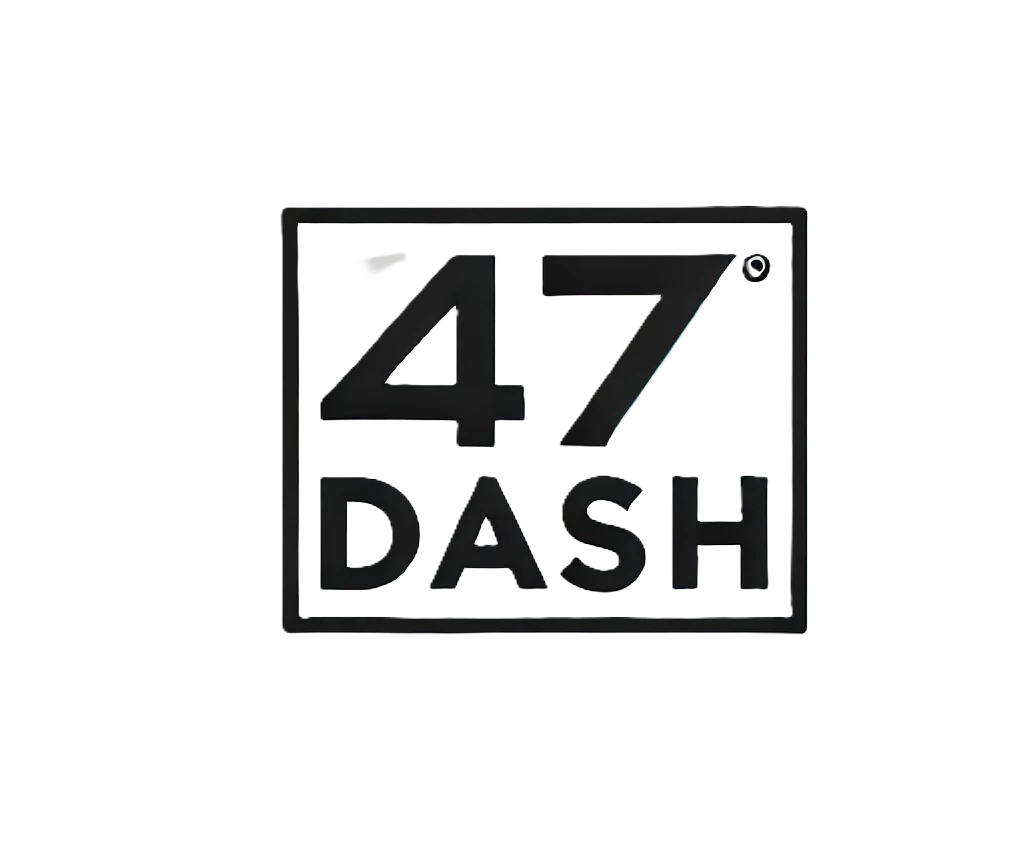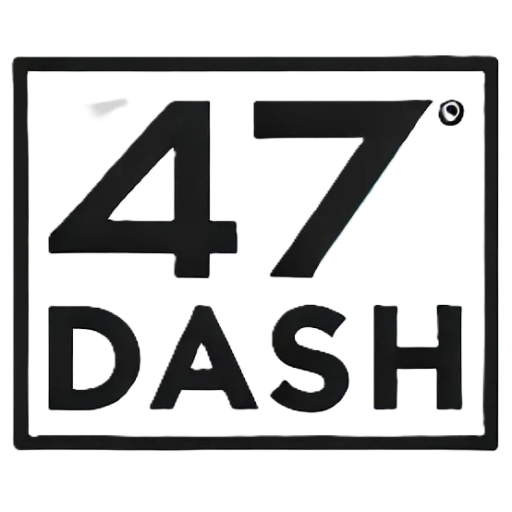Blog
Ethereum: How do I access information on blockexplorer.com or blockchain.info without issuing requests to those websites?
Unlinking Your Ethereum Wallets: Accessing Block Explorer Without Issuing Requests
As an Ethereum user, you’re probably familiar with using websites like [Block explorer.com]( and [Blockchain.info]( to manage your account. However, one of the limitations of these platforms is that they require you to issue requests for information about specific addresses or transactions. But what if you want to access this information without actually requesting it? This is where things get interesting.
Over the past few years, Ethereum developers have been working on introducing new APIs and tools that allow users to interact with their wallets without issuing direct requests. One such innovative solution is the Ethereum Network Explorer (ENE), which was released in 2020.
What is Ethereum Network Explorer (ENE)?
ENE is a web-based interface developed by the Ethereum team, using the Web3.js framework. It provides an alternative way to access your Ethereum account without directly querying the blockchain. This API allows you to query various data about your wallet and smart contract interactions in real-time.
How can I access ENE without issuing requests?
To get started with ENE, follow these steps:
- **Create a new Ethereum wallet on [Ethereum.com]( Generate an Ethereum wallet using the “Test Wallet” option or create a new one from scratch.
- Install the Web3.js library: You can do this by running
npm install web3in your terminal. This will allow you to interact with Ethereum contracts and APIs.
- Create a new ENE account: Go to [ENE]( and sign up for an account using your Ethereum wallet credentials.
- Enable the “Web3.js” API: In your terminal, run
ethers.jsonto load the Web3.js library.
Accessing Data with ENE
Now that you have an active ENE account and have installed the Web3.js library, you can use it to access various Ethereum-related data. Here are some examples:
- Get the balance of an address: You can use the
eth_balanceOffunction to get the balance of a specific address.
const web3 = require("web3");
const ethers = require('web3').Web3();
const provider = new ethers.providers.WebsocketProvider("wss://mainnet.infura.io/v3/YOUR_INFURA_PROJECT_ID");
const contractAddress = "0xYourContractAddress";
const account = ethers.utils Account.fromPrivateKey("YOUR_PRIVATE_KEY");
const balance = await web3.eth BalanceOf(account, contractAddress);
console.log(balance);
- Get all recently made transactions: You can use the
eth_getTransactionCountfunction to get a list of recent transactions.
const provider = new ethers.providers.WebsocketProvider("wss://mainnet.infura.io/v3/YOUR_INFURA_PROJECT_ID");
const account = ethers.utils Account.fromPrivateKey("YOUR_PRIVATE_KEY");
const txs = await web3.eth.getTransactionCount(account, 'latest');
console.log(txs);
- Get all deployed smart contracts: You can use the
eth_getContractAddressesfunction to get a list of all smart contract addresses.
const provider = new ethers.providers.WebsocketProvider("wss://mainnet.infura.io/v3/YOUR_INFURA_PROJECT_ID");
const account = ethers.utils Account.fromPrivateKey("YOUR_PRIVATE_KEY");
const contracts = await web3.eth.getContractAddresses();
console.log(contracts);
Conclusion
While this article has shown how to access certain Ethereum-related data without issuing direct requests, it is important to note that ENE is still a relatively new feature. As the API evolves and more features are added, users will have even more ways to interact with their wallets.
By leveraging Web3.js and ENE, you can take advantage of this innovative technology while keeping your security protocols in check.

